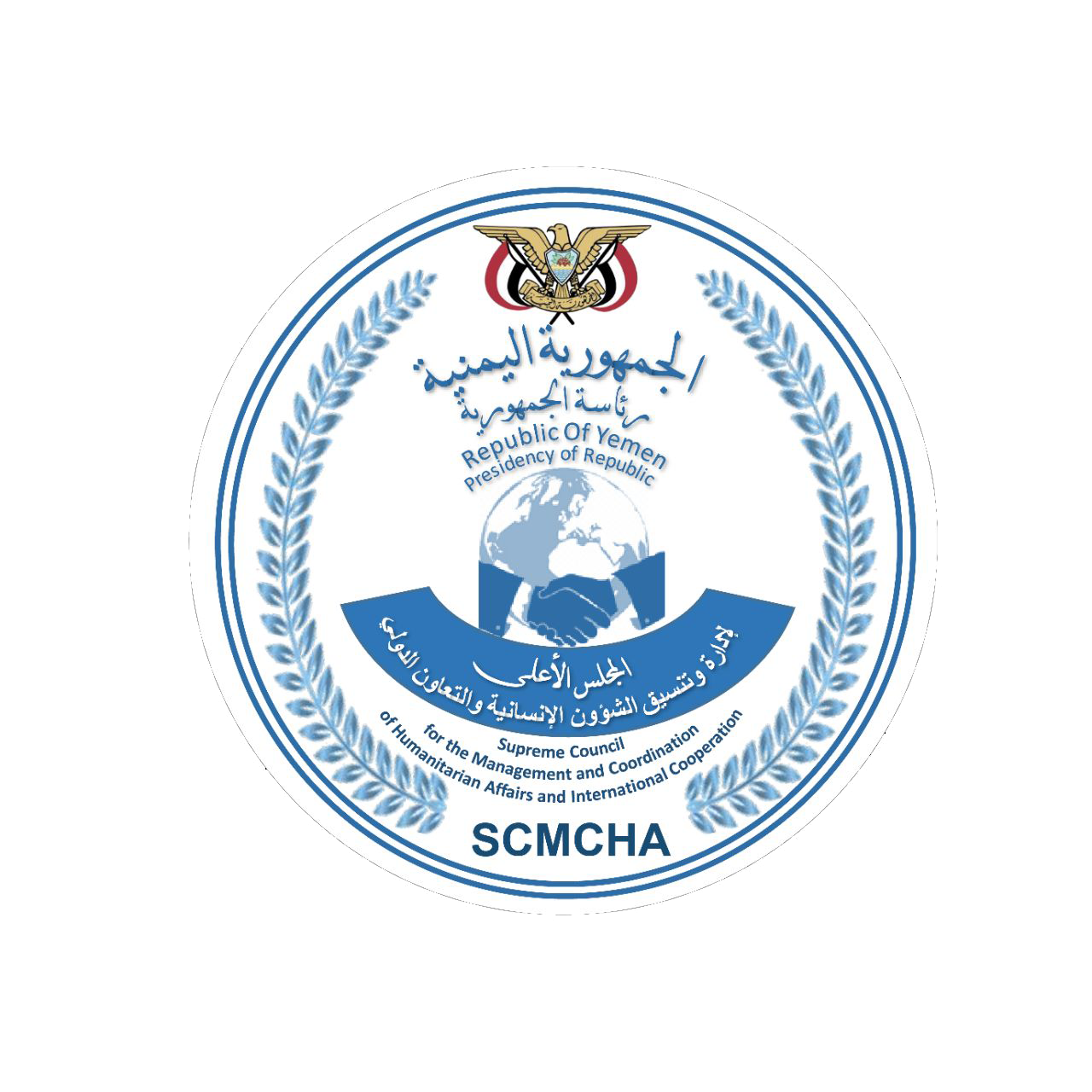The opening of a giant development project in Dhamar: providing water to half of the city’s population.
The opening of a giant development project in Dhamar: providing water to half of the city’s population
SCMCHA : Report
Minister of Electricity and Energy Ateeq Abar, Governor of Dhamar Mohammed al-Bakhiti and Secretary General of SCMCHA Abdul Mohsen Tawoos and Deputy Minister of Water and Environment Hanin al-Drib, inaugurated the Central station Project for Solar Water Production for Toxic Field Wells at a cost of $1,397,890, funded by the Qatar Development Fund through UNICEF.
The project, which is the first phase with a capacity of 505.8 kilowatts and a capacity of 250,000 cubic meters of water per month, benefits more than 50 percent of the population of Dhamar.
At the opening, The Governor of Dhamar indicated the importance of the project in providing drinking water needs for citizens in Dhamar and contributing of overcoming the challenges faced by the local water establishment due to the severe shortage of oil derivatives and high prices.
For his part, the Secretary-General of SCMCHA pointed out the importance of this project and the efforts made by the Council to make it a success, calling on donors to continue to support the implementation of similar projects because of the importance they represent in the service of the community.
Tawoos s confirmed that the opening of the project came after facing obstacles and difficulties, but the efforts and determination of the Supreme Council in cooperation with the leadership of Dhamar province represented by the governor, the project, which is one of the giant and important projects in the field of development, as it will benefit nearly 50 percent of the population of Dhamar city.
Water distribution network to neighborhoods and homes.
The project is one of the major development projects starting with the solar system, which consists of 1,314 panels and nine infernos with a total capacity of 450 kilowatts.
In addition to the monitoring and controling room, which is connected to all components of the plant and contains remote controls and surveillance system “Escada” for well sites and
The electrical system of the project consists of a 160 kW auxiliary electric generator, as well as 15 km of power transmission cells and transmission lines to wells.
The project’s water system consists of eight wells, containing 45 kW solar pumping units, controllers and submersible engines with the main transport ation system to the assembly tank.
The water system also includes the main assembly tank with a total capacity of 6,000 cubic metres, as well as chlorine injection units and monitoring units with the water distribution system for neighborhoods and homes.
The opening of this project is part of efforts by the Supreme Council for the Management and Coordination of Humanitarian Affairs and International Cooperation to establish service development projects in Yemen.
Previous development projects:
The opening of the Central Water Production Plant project is not the first, as development projects from the United Nations Office for Project Services (UNBS) have already been opened in the same province.
On August 27, 2012, the Council’s Secretary General Abdul Mohsen Tawoos and the Governor of Dhamar, Mohammed al-Bakhiti, inaugurated service projects provided by UNBS, including the rehabilitation of three parks, in addition to providing solar energy to schools and health centers, in addition to the $6.5 million road maintenance project funded by UNBS, and the project of paving a number of streets and rehabilitating the gardens amounted to $770,000.
The opening of the project came after the opening of service projects in Hayden In Sa’da, with more than 334 million Riyals, funded by the National Foundation for Development and Humanitarian Response, where the Secretary General of the Supreme Council, Abdul Mohsen Tawoos, opened the water harvesting tanks project within the project of emergency and integrated interventions in water and environmental sanitation, which will benefit 16 thousand beneficiaries, in addition to the project of the altar and the central slaughterhouse of Haydan.


